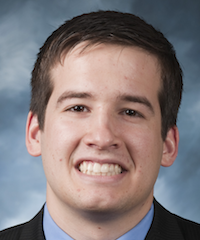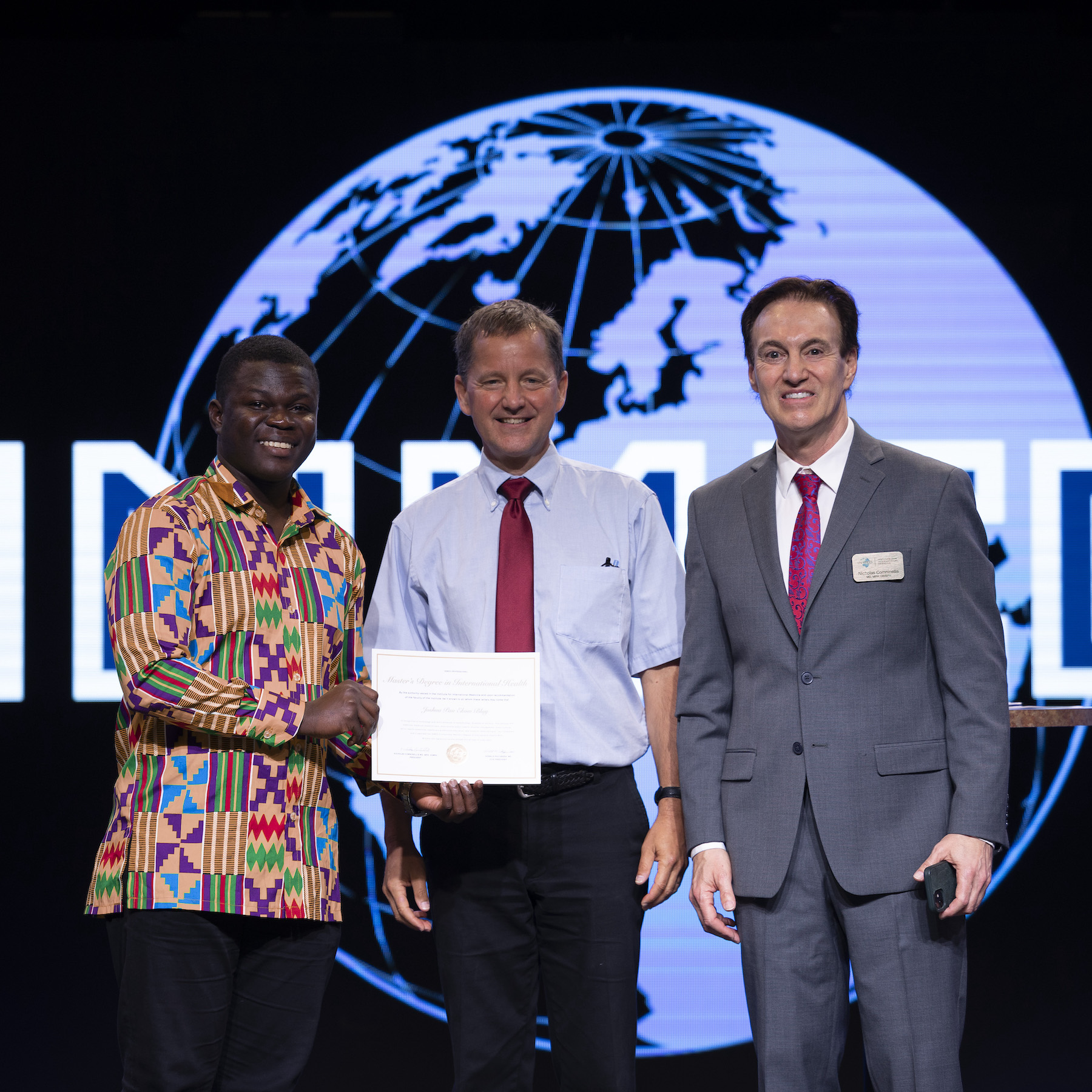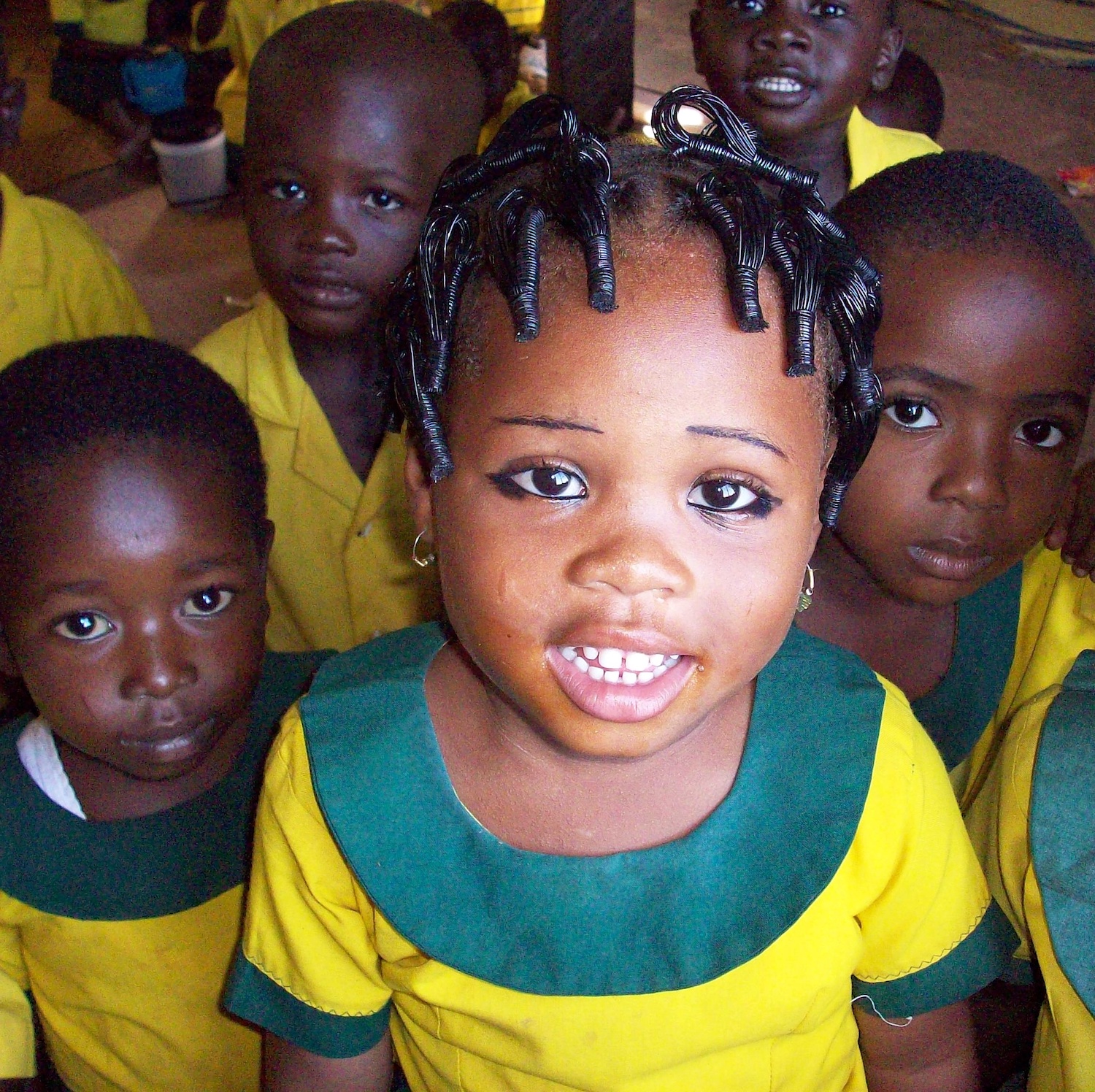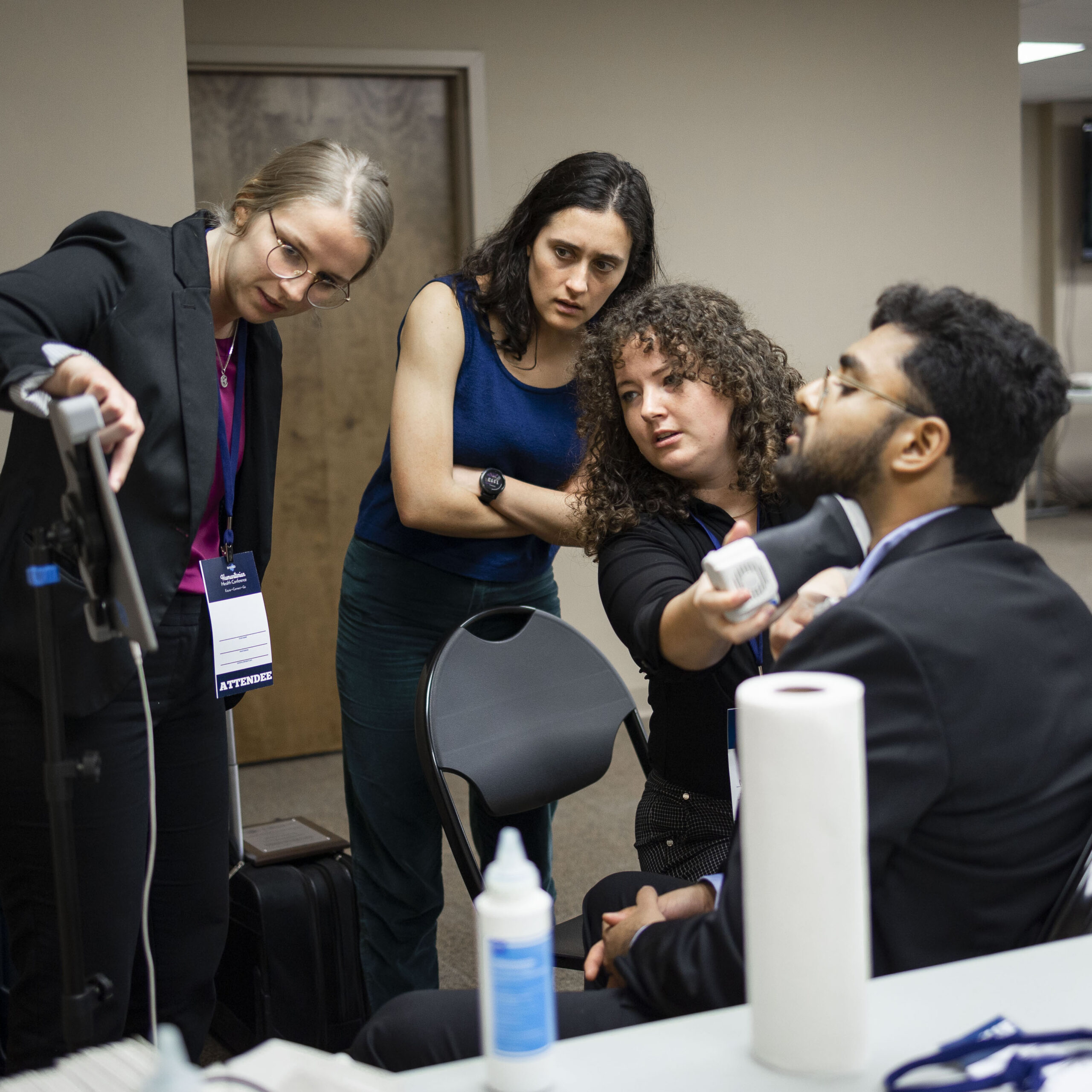Sean Mark
INMED Blog

Hello! My name is Sean Mark. I am a Medical Student at University of Kansas City School of Medicine , and I’m starting my INMED service-learning experience in June 2017.
- Clinica Esperanza
- Honduras
- Graduate Diploma in International Medicine & Public Health
Blog Posts
My last day at Clinica Esperanza
Yesterday I had my last day working at Clinica Esperanza. However, I didn’t let that stop me from having new […]
Continue ReadingFeeding the Hungry
Hello again everyone! Thank you so much for following my story and partnering with me in this missions trip. I […]
Continue ReadingMy day at the public hospital
Greetings from Honduras! It has been a great week of new and exciting experiences that have given me vision for […]
Continue ReadingHope for the hopeless
Hola de Honduras! It has been a busy week here in Roatan and I have much to write about but […]
Continue ReadingJesus is good!
Hello everyone! It has been an exciting several days since my last blog post. The Lord has been giving me […]
Continue ReadingFirst day at the clinic
Today was my first day working at Clinica Esperanza in Roatan, Honduras. I was greeted this morning by the clinic […]
Continue ReadingIntroduction and First day
My name is Sean Mark and I chose to do my service learning experience at Clinica Esperanza in Roatan, Honduras. […]
Continue ReadingIntroducing Myself
Hello! My name is Sean Mark. I am a Medical Student at University of Kansas City School of Medicine , and I’m […]
Continue Reading


